The toilet fill valve is one of the essential components of the toilet. Knowing its parts and their roles in efficient toilet functioning is equally important. We have researched to get you familiarized with the parts of the toilet fill valve.
The basic parts of the toilet fill valve are the following:
- refill tube that supplies water to the toilet tank
- ballcock valve that controls the entry of water into the toilet tank
- float cup that controls the shutting off and opening of the ballcock valve
- filler tube that sets the tank's water level, thus controlling the rise and fall of the float cup
- bowl refill tube that transports water from the refill tube to the overflow tube and towards the toilet bowl
In this post, we will discuss the parts of the toilet fill valve and how each component contributes to enabling the toilet to work well. In addition to the fill valve assembly, it is connected to the other toilet parts to completely fulfill its function. Stay on this page to discover how the system works!
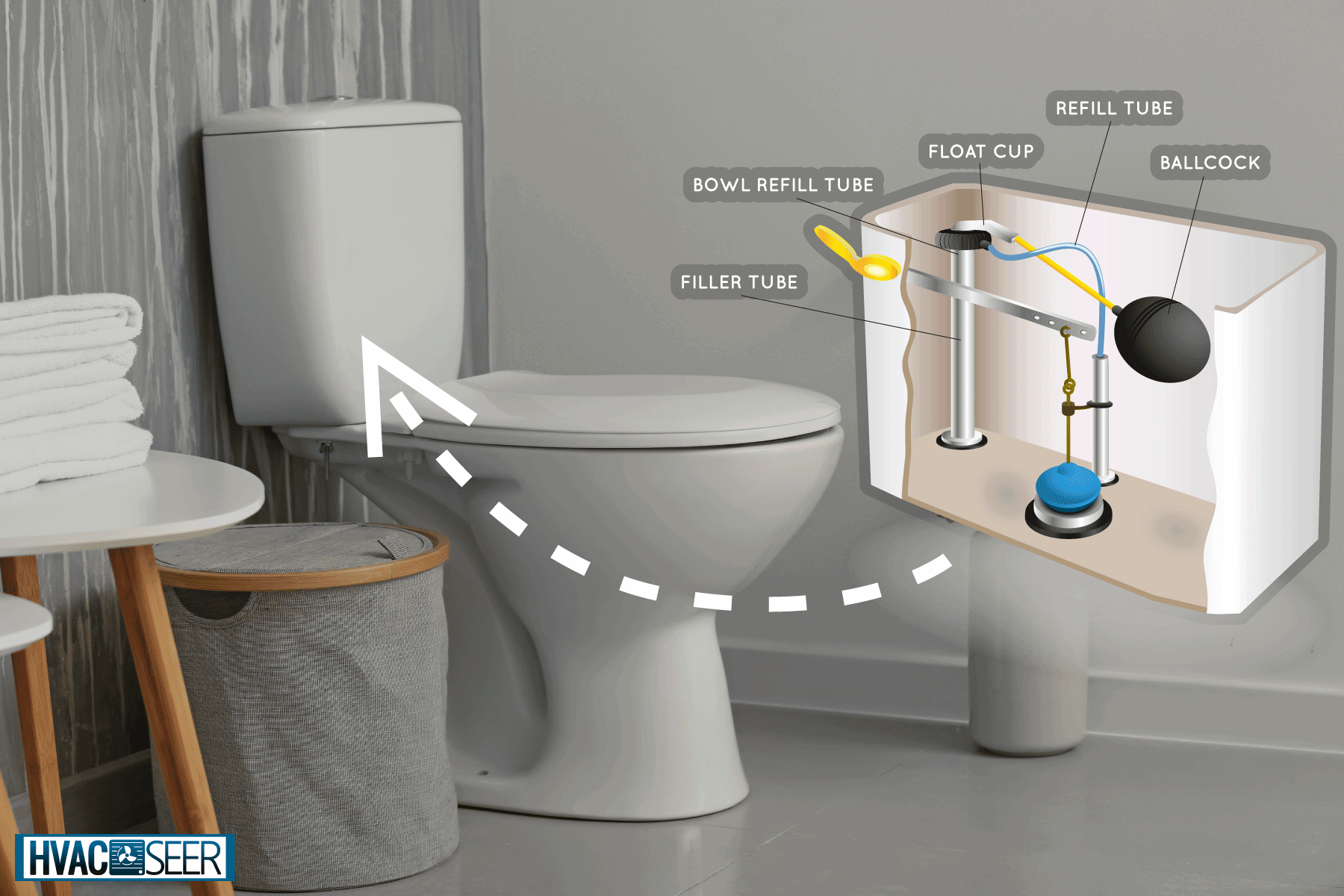
What Are The Parts of the Toilet Fill Valve?
As the name suggests, the toilet fill valve has the main function of replenishing water into the toilet tank as it dispenses water after each flush. The valve is connected to the water supply pipe installed below the toilet tank.
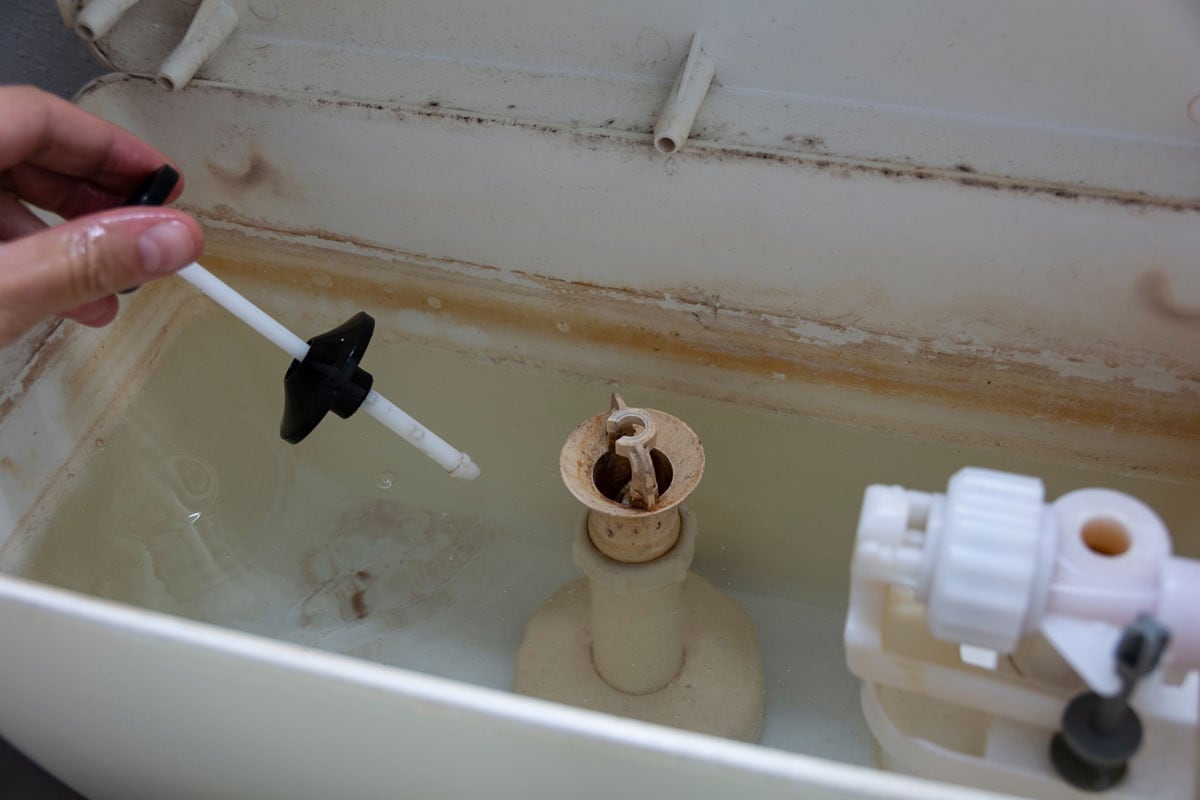
Now, let's look at what comprises the toilet fill valve assembly and the function of each part.
Refill Tube
The is also called the inlet tube, which serves as the avenue where water from the main supply line gets into the toilet tank. It is made of either metal or ABS plastic.
Ballcock
This is the heart of the toilet fill valve assembly. Also called the inlet valve, it sits at the top end of the refill tube. It is responsible for the control of the water refilling mechanism. A malfunction of this part spells the functionality of the whole assembly.
Float Cup
You can see the float cup in new models of fill valves which replaces the float ball in the old models. This is attached to the valve body, and it rises and falls as the water level in the tank rises and drops. When it reaches a predetermined height, it closes the ballcock valve, thus controlling the water refilling process.
Filler Tube
This is the tube where the float cup is attached. It catches water from the refill tube, then empties into the toilet tank. It determines the tank’s water level, thus causing the rise and fall of the float cup attached to it.
Bowl Refill Tube
This tube has one end attached to the ballcock valve while the other is nestled at the mouth of the overflow tube. It transports a small amount of water from the inlet tube to the overflow tube, which is then directed towards the toilet bowl,
What Toilet Parts Are Connected to the Toilet Fill Valve?
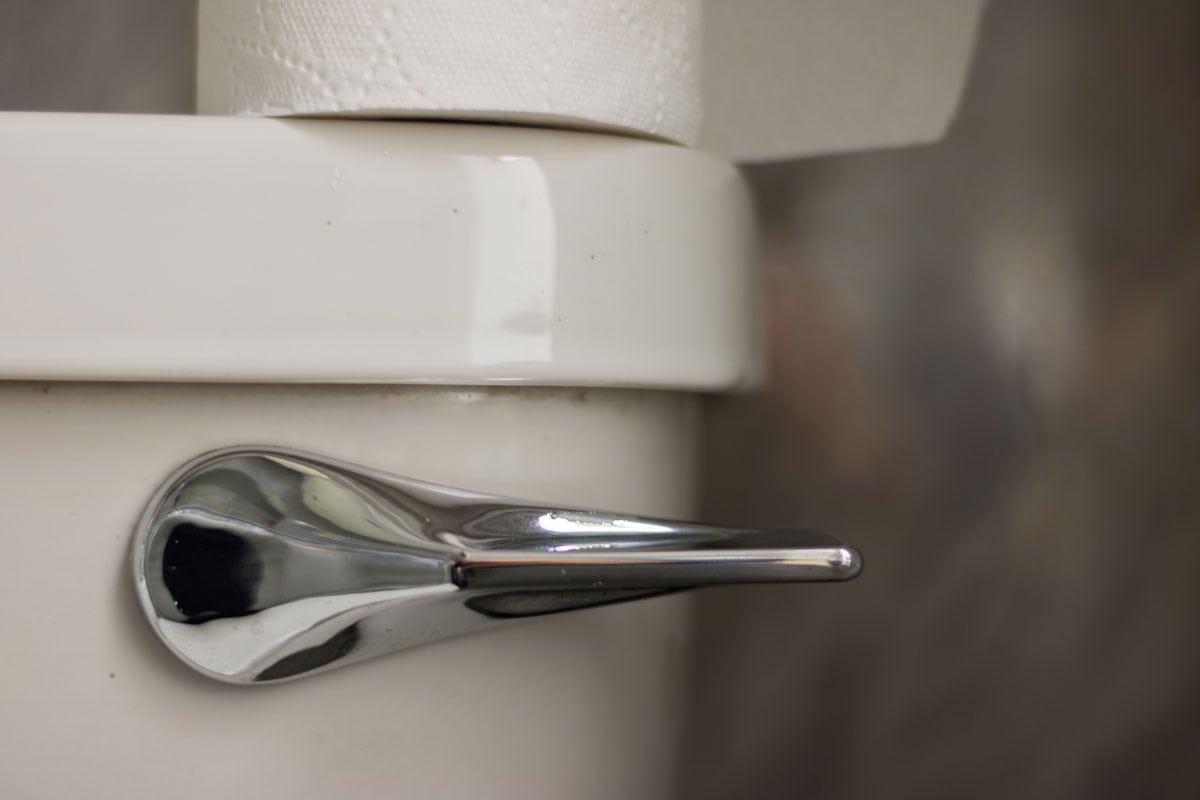
The toilet fill valve will not function on its own without being connected to the other components of the toilet. Here are other connecting parts that function to make water refilling of the toilet tank fully functional.
Supply Tube
The supply tube is connected to the bottom of the fill valve's refill tube. You can see this tube outside and under the toilet tank. This transports water from the main water line to the refill tube.
The supply line is typically braided and made of stainless steel with brass nuts. It has high tensile strength that could withstand the water pressure from the main city line.
Get this toilet supply line in Amazon
Stop Valve
Also called the shut-off valve, it is manually operated so that you can control the entry of water from your home's plumbing system to the toilet tank. It can either be located on the wall below the tank or attached as a supply tube fitting.
Float Ball
The float ball functions the same as the float cup, but it doesn't form part of the fill valve assembly. Rather, it is considered an accessory when you purchase the fill valve. It acts as a rubber floater atop the water level of the tank at all times. It gives the signal when the water level is full.
Get this toilet float ball on Amazon
Float Arm
The float arm acts as a lever. Its one end is attached to the ballcock valve while the other end holds the float ball. This component is crucial for the functionality of the float ball in shutting off and opening the ballcock valve, thus controlling the refilling of water.
Overflow Tube
This tube stands in the middle of the toilet tank. It functions to stop water from overfilling the tank. If water runs over, the extra water will drain through the tube, thus avoiding flooding and other damage.
You can purchase a universal overflow tube 1-inch in diameter and 10-inch in length. It is made of brass which is corrosion resistant.
Get this toilet overflow tube on Amazon.
What is the Recommended Brand for Toilet Fill Valves?
The recommended and widely used brand for toilet fill valves is the Fluidmaster. This brand is well-known in the plumbing industry, continuously innovating user-friendly products.
Fluidmaster fill valves brands in its quiet operation, you can hardly hear water filling in the toilet tank. It is easy to install, and there are step-by-step procedures accompanying the instructions manual. This is a welcome feature among DIYers or any novice homeowner trying to troubleshoot their toilet problems.
Another remarkable feature of Fluidmaster is that it is a universal fill valve that you can readily install with any toilet tank size and configuration. It has a dial mechanism to easily adjust the valve with the tank's water level requirement.
A simple twist can easily customize the length of the refill tube. It needs to be adjusted to the height of the toilet tank.
Get this toilet fill valve on Amazon.
How the Toilet Fill Valve Works
Learning the components of the fill valve will aid you in understanding how it works and its relation to the other parts of the toilet, such as the flush valve, flapper, toilet handle, lift chain, and toilet bowl.
In a fully functioning toilet, you could readily see that the tank’s water reservoir is maintained at nearly full. This is a predetermined height just below the tank cover.
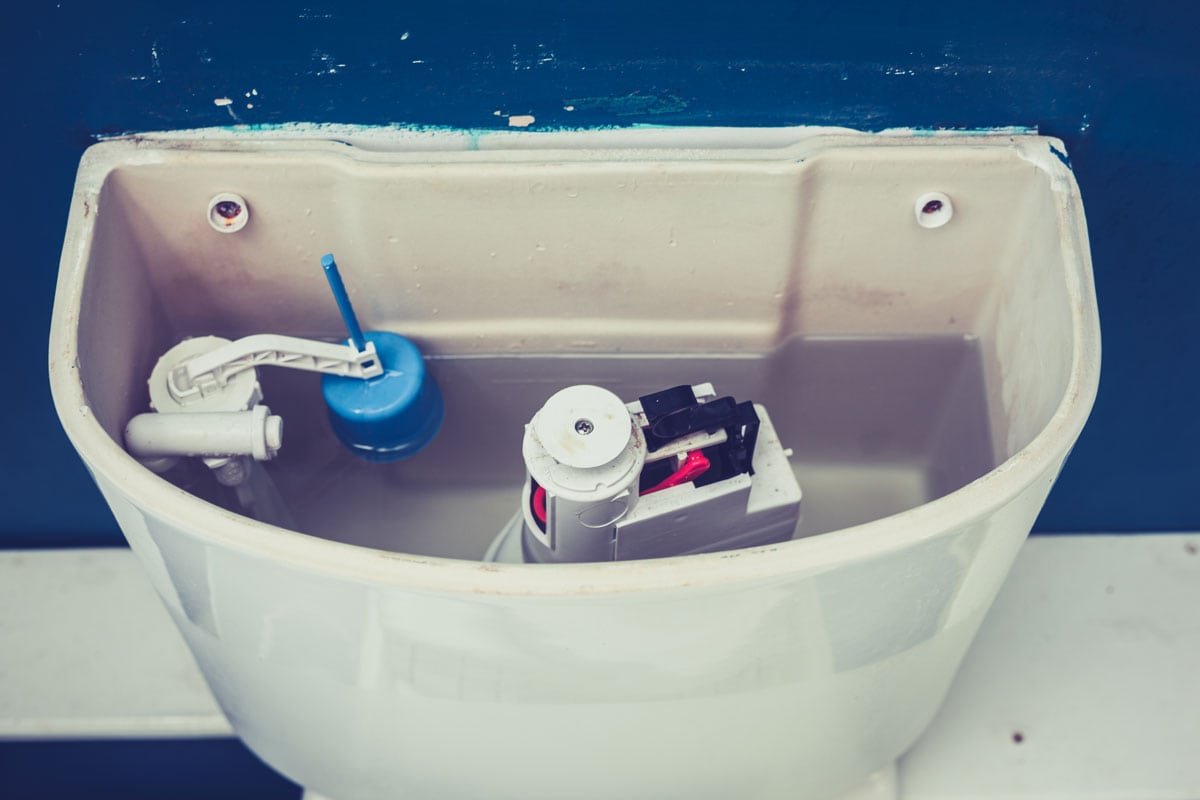
Additionally, depending on the refill valve model, either the ball float is atop the water level or the float cup sits at the preset water level.
- Flushing of the Toilet
Holding down the toilet handle will flush the toilet. The toilet handle is the only part that is visible and located outside of the toilet tank. Flushing the toilet will raise the flapper, causing the water reservoir to gush out to the toilet bowl through the flush valve.
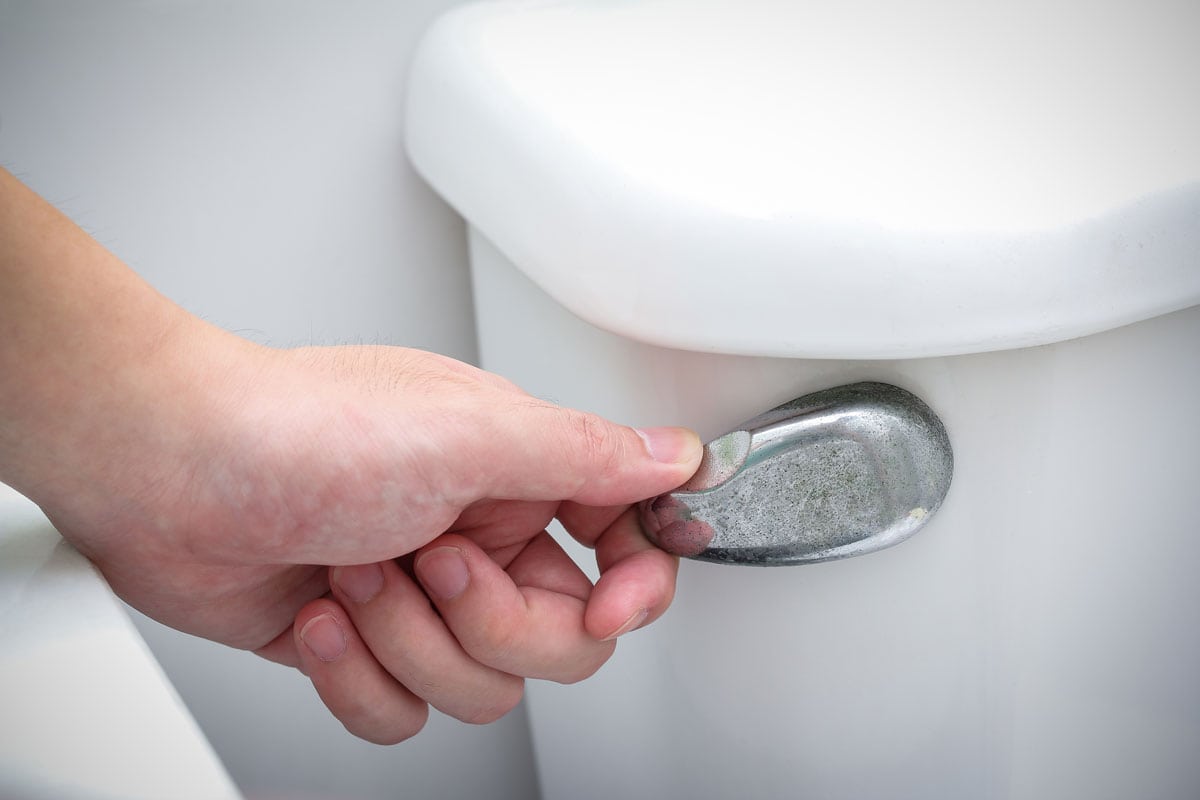
Upon releasing the toilet handle, the lift chain will sag at the tank’s floor, and the flapper reverts to its original position, thus closing the flush valve. At this time, the toilet tank is empty of water. The ball float is at the bottom, barely touching the tank floor, or the float cup drops to a low level. This situation will cause the fill valve to open.
The flapper is one of the key components of the toilet. This Fluidmaster universal flapper with a kink-free chain works perfectly with your fill valve.
Get this flapper with chain on Amazon
- Refilling Water to the Toilet
When the fill valve is open, it starts to perform its function of refilling water to the toilet tank. The ball float, or the float cup, gradually rises as the water level rises.
When the float reaches a pre-set height, the fill valve automatically shuts off, and water refilling stops. The tank should be silent as the water flow has already stopped.
During water refilling, the valve also discharges water to the toilet bowl through the overflow tube. The water at the bowl should serve as a barrier to sewage gasses from entering the bathroom.
You should see clean water in the toilet bowl, and there should be no foul smell in the bathroom and your home’s interior.
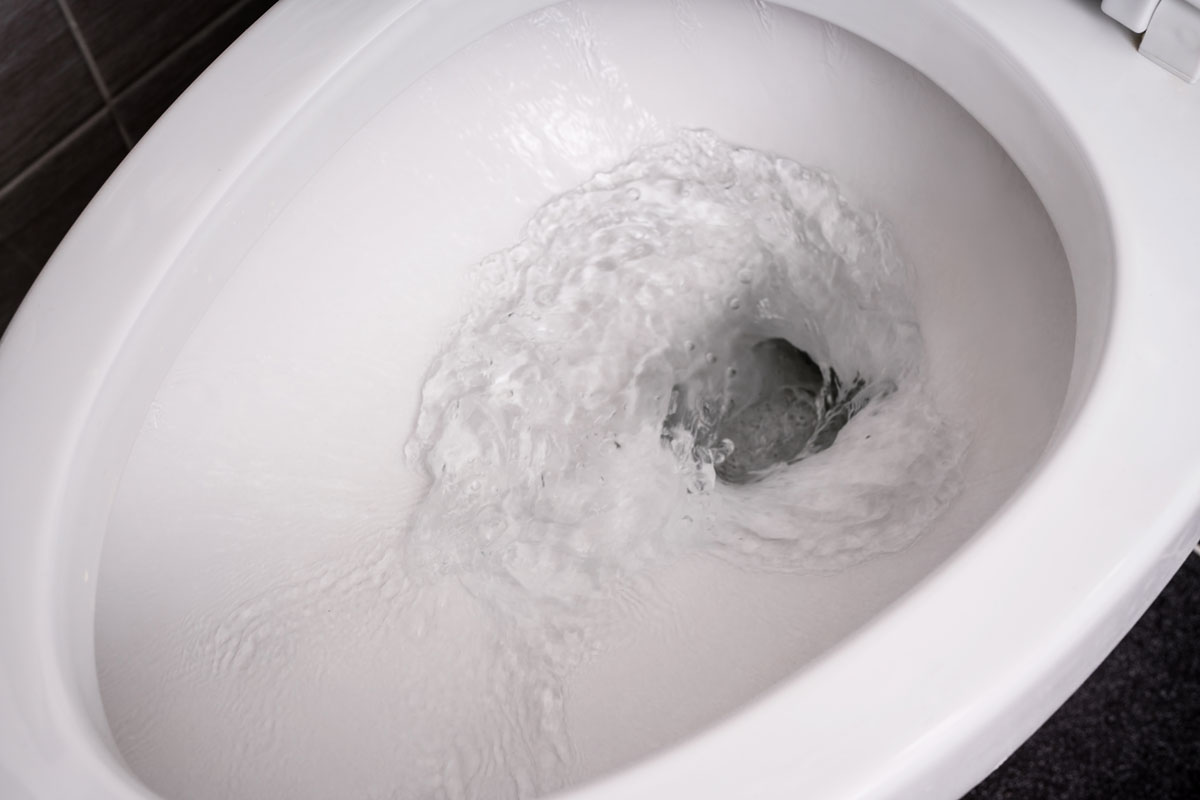
The Takeaway

Getting yourself familiarized with the toilet parts, especially the toilet refill valve, can help you in many ways. It can be another DIY task. You can do your simple toilet repairs, thus saving your bucks from the services of a professional plumber.
Another thing! When your toilet fails during those most needed times when doing your chores, you can readily figure out the problem. Eventually, you will forget that the plumber may not always be your ever-ready savior!
You might be thinking of toilet issues that can come your way. We have these information-rich posts for your troubleshooting guide:
Toilet Soft Close Not Working -- What To Do?
Toilet: New Flapper Sill Leaking -- Why And What To Do?





